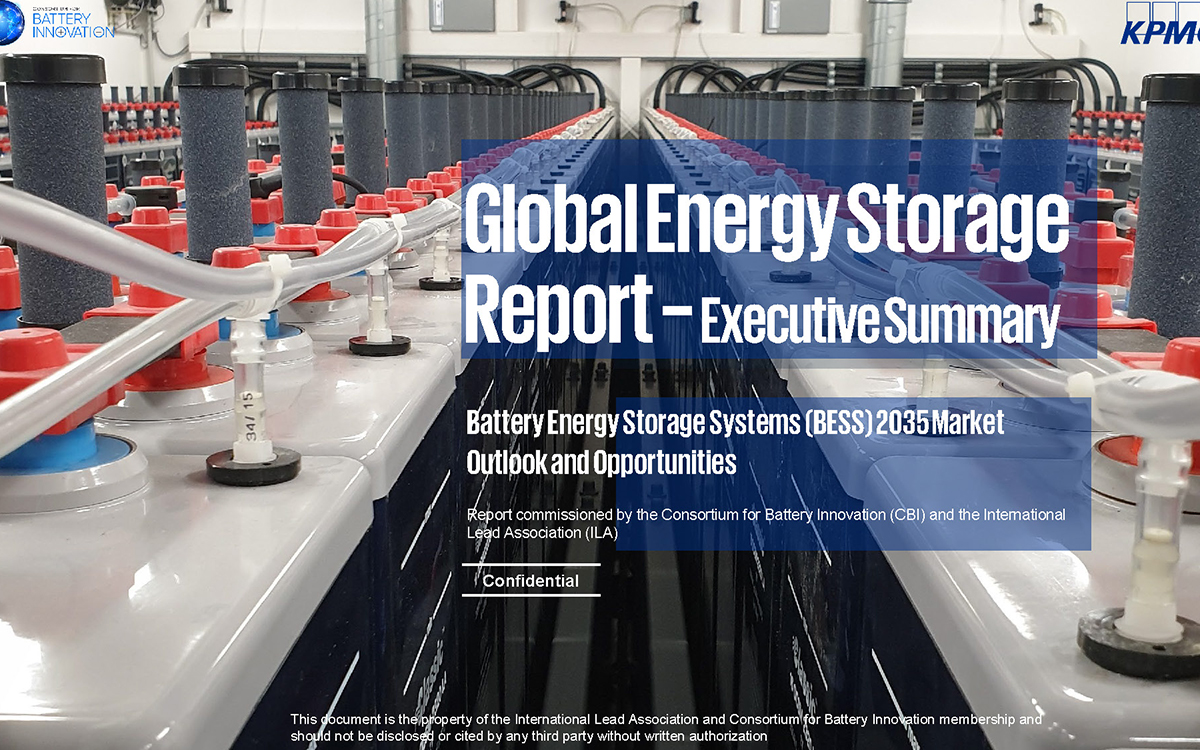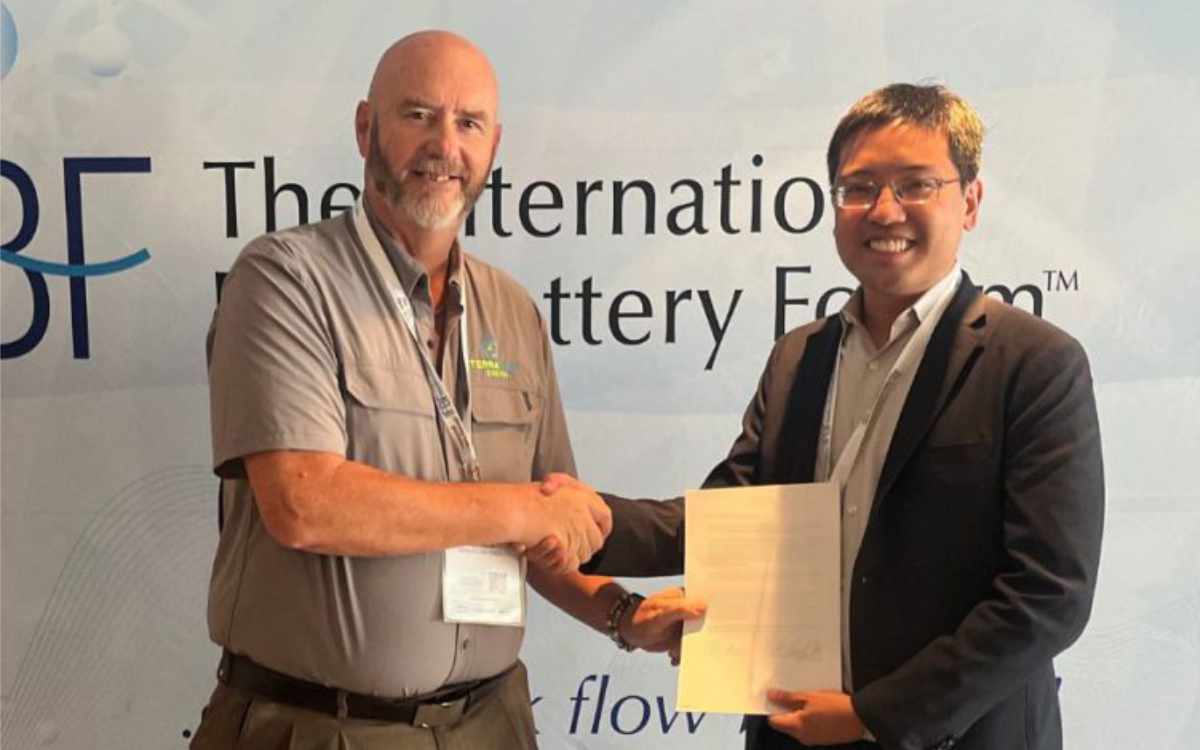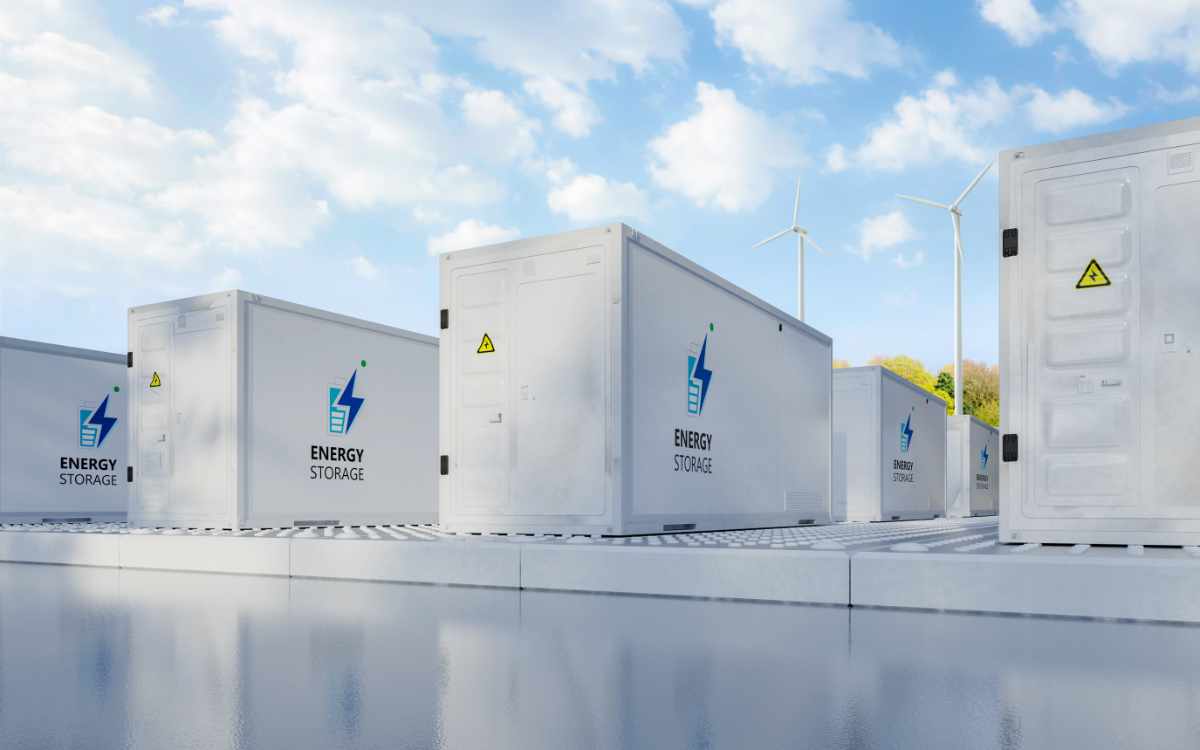The global energy transition will require an estimated $1.2 trillion in battery storage investments by 2034 to support over 5,900GW of new wind and solar capacity, according to a new report by Wood Mackenzie.
Central to this effort is the rapid deployment of grid-forming battery energy storage systems (GFM BESS), which provide critical grid stability functions as renewable penetration deepens.
“Grid-forming battery energy storage systems represent a critical breakthrough for renewable energy integration,” said Robert Liew, research director at Wood Mackenzie. “As global power demand is projected to surge 55% by 2034, with variable renewable energy comprising over 80% of new capacity additions, GFM BESS provides the technological bridge between renewable abundance and grid stability requirements.”
The report identifies a 1,400GW shortfall in GFM-enabled storage over the next decade. Without it, markets risk instability – highlighted by events like the 2025 Spanish blackout, which exposed vulnerabilities in high-renewable grids lacking advanced storage.
GFM BESS offers key capabilities such as voltage regulation, inertia response, and black start functionality – features traditionally provided by fossil-based synchronous generators. While these systems add around 15% to project costs due to advanced inverters and controls, falling battery prices (down 10-40% globally in the past year) are narrowing the gap.
The economic case is strengthening: hybrid solar-plus-storage is already cost-competitive with onshore wind, and utility-scale batteries are projected to undercut coal and gas by 2040 in many markets outside the US.
China, the US, and Australia have introduced technical guidelines to accelerate GFM deployment, with international standards in development. Asia-Pacific markets such as India, Japan and Vietnam – where renewables already meet up to 92% of peak demand – are seen as early adopters.
As electricity demand grows at 3% annually through 2040, battery storage is emerging as a cornerstone of future power systems – replacing conventional generators and enabling a stable, renewable-powered grid.
Image: Global battery storage annual-added capacity, 2024-2034, Source: Wood Mackenzie Lens Storage












